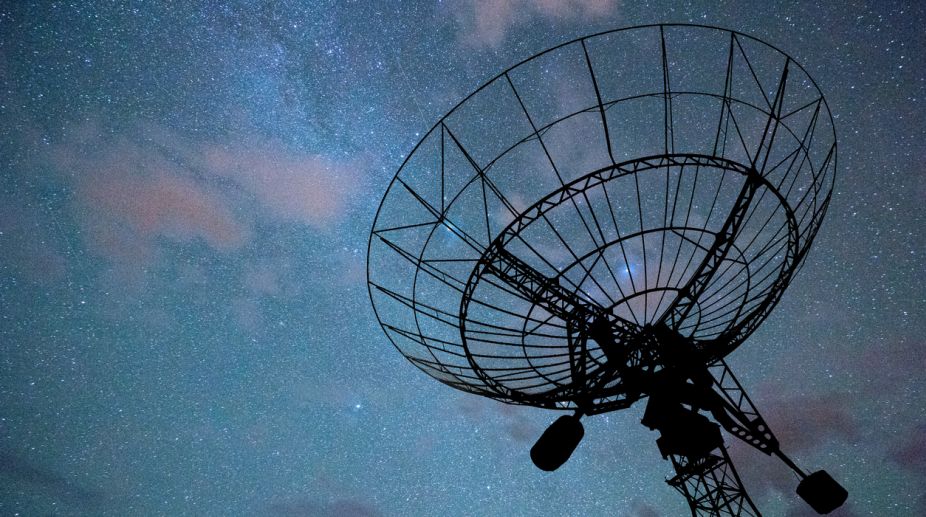NASA said its Spitzer space telescope has detected unusual heartbeat-like vibrations in the outer shell of a star called HAT-P-2.
A closely orbiting planet, called HAT-P-2b, might be causing these vibrations each time it gets close to the star in its orbit, according to the scientists.
Advertisement
"We have discovered the first example of a planet that seems to be causing a heartbeat-like behaviour in its host star," said Julien de Wit, postdoctoral associate at the Massachusetts Institute of Technology, Cambridge.
The star's pulsations, detailed in Astrophysical Journal Letters, are the most subtle variations of light from any source that Spitzer has ever measured.
A similar effect had been observed in binary systems called "heartbeat stars" in the past, but never before between a star and a planet.
Weighing in at about eight times the mass of Jupiter, HAT-P-2b is a relatively massive planet.
It's a "hot Jupiter," meaning an exoplanet that is extremely warm and orbits its star tightly.
But this hot Jupiter is tiny in relation to its host star, which is about 100 times more massive.
That size difference makes the pulsation effect all the more unusual.
"It's remarkable that this relatively small planet seems to affect the whole star in a way that we can see from far away," Heather Knutson, Assistant Professor at California Institute of Technology in Pasadena, California, said.











